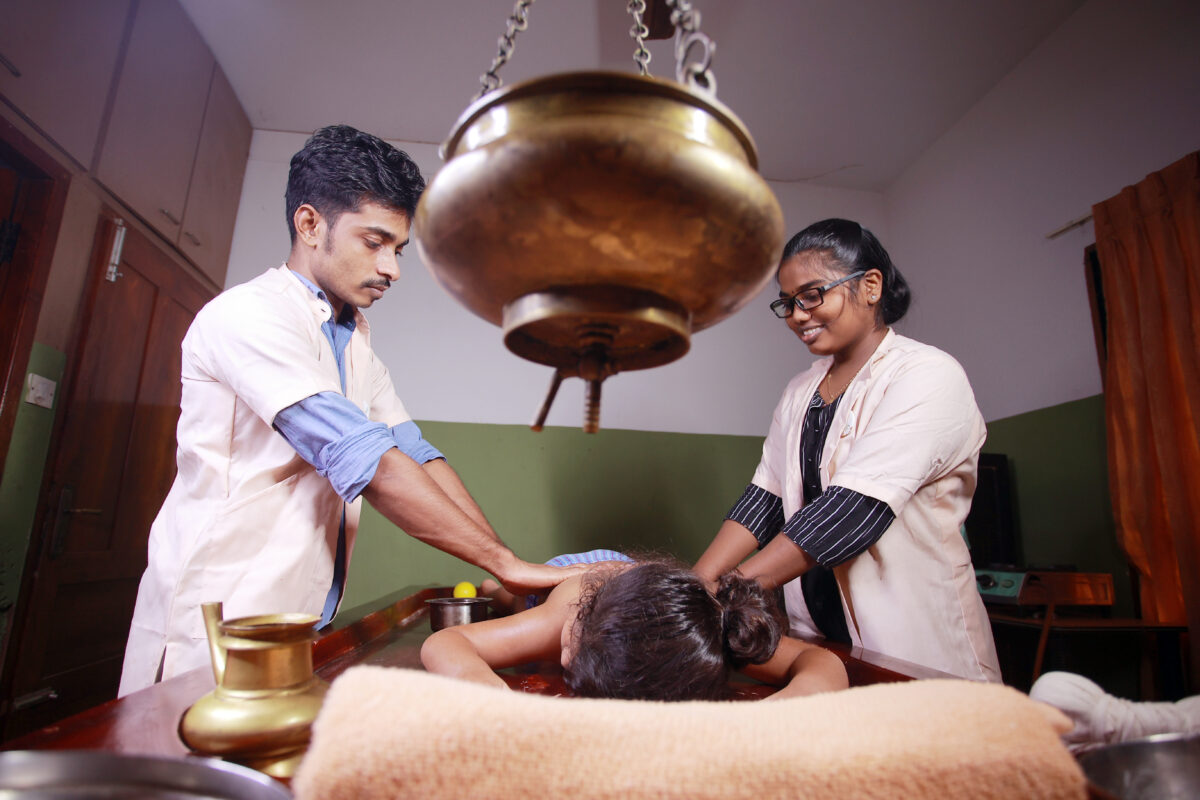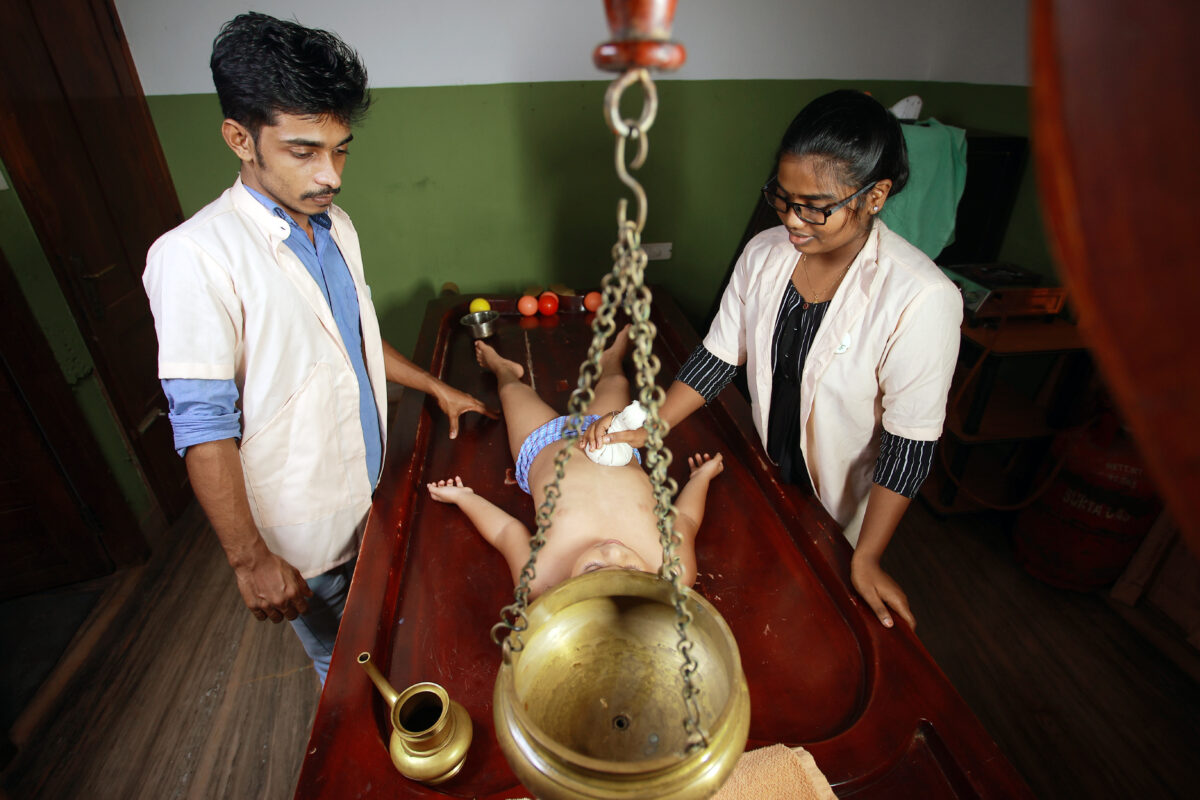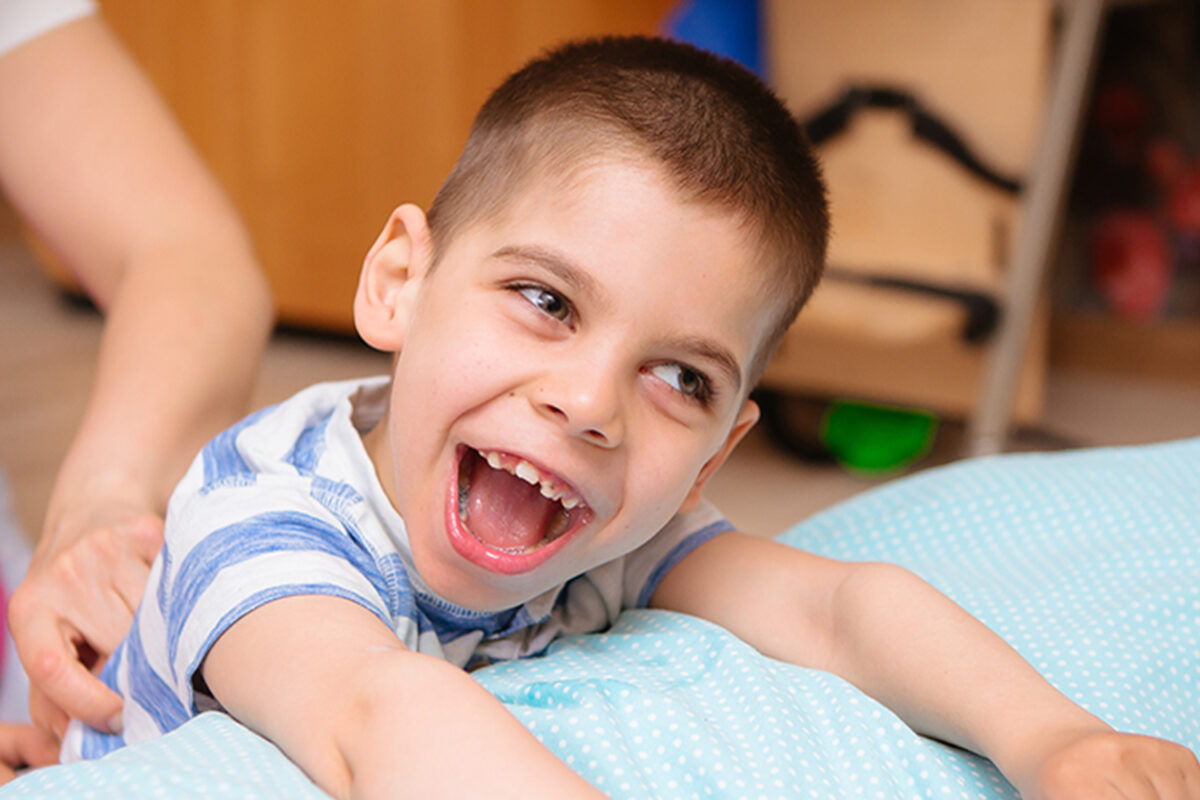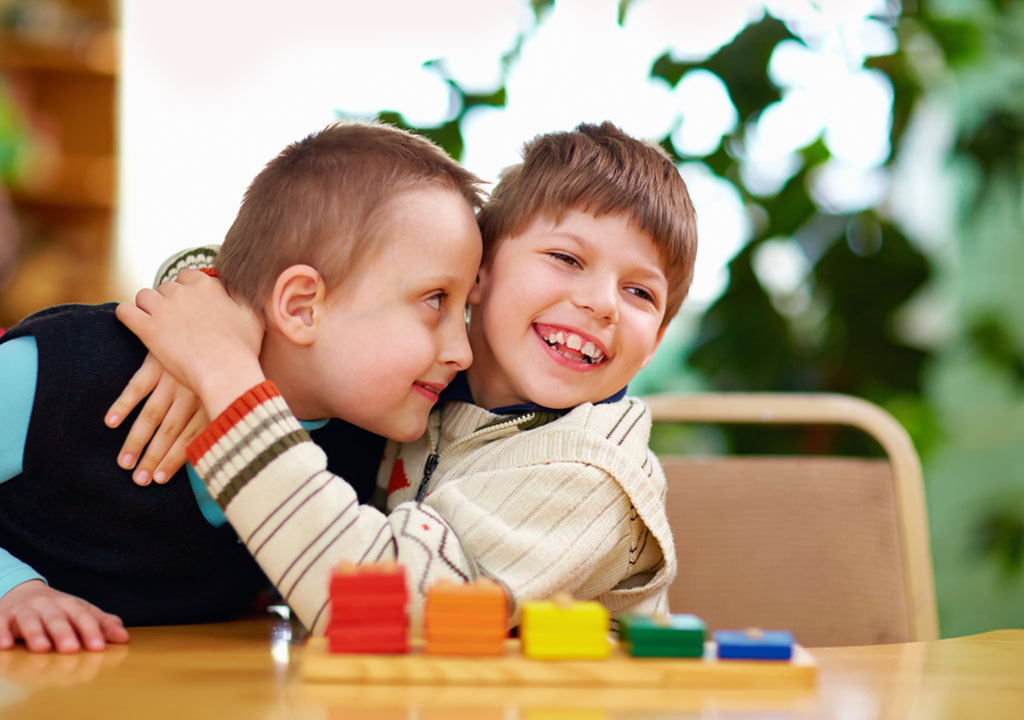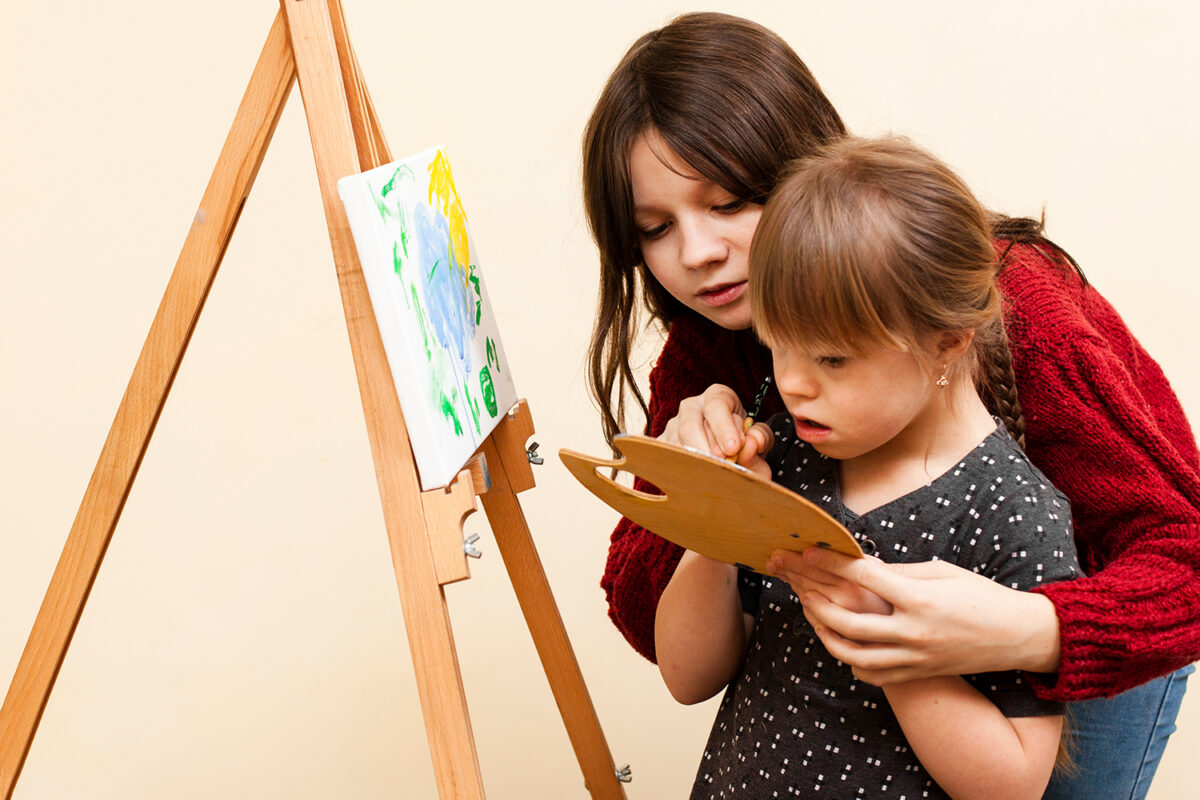Ayurvedic Approach Towards Cerebral Palsy
Cerebral Palsy (CP) is a condition in which the nervous system loses control of some or all of the muscles and joints of the body. For example, an individual with (CP) lacks control over voluntary muscle movements and can’t walk, feed themselves or even talk on their own.
This means that if an individual with CP needs to use the toilet, they need to be taken care of by someone else. The person with CP needs care 24 hours a day from someone who can help feed them, bathe them, dress them and more. The word “cerebral” refers to the brain, while “palsy” means paralysis
One of the main causes of cerebral palsy is premature birth, although most babies born prematurely don’t have cerebral palsy. The symptoms of cerebral palsy can range from mild to severe and includes muscle control movement, coordination, and balance issues.
Early signs of CP may include developmental delays such as:
• Rolling Overy
• Sitting up
• Crawling and walking later than usual
According to Ayurveda covering a special care for CP is a critical aspect of holistic medicine. This disease is caused by genetic mutation and it’s not an acute disease (incurable). CP is a disturbance in the nervous system which can lead to a variety of symptoms. It can affect both children and adults. Ayurveda is one of the traditional forms of treatment for cerebral palsy which is completely natural and devoid of any side effects.
At Jeevaniyam, we believe that Ayurvedic system of medicine is directly related to the nervous system and hence have positive effects on CP symptoms.
We follow the Kottakal protocol for CP developed by Dr Dinesh KS, Head of the department of Kaumarabhruthya, Kottakal Ayurveda Medical college. It includes symptomatic management and conservative management. The treatment includes various external and internal herbal therapies, fluid intake, diet etc.
The treatment protocols such the procedure pancha Karma with yoga vasthi in improving physical growth, brain development, and subsiding spasticity in patients. We do specially designed massages with herbs that improves blood circulation, relieves body pain, removes waste products, and improves muscular strength. The most important thing is to get an early diagnosis and get the disease treated on time which will improve the quality of life of the child.

